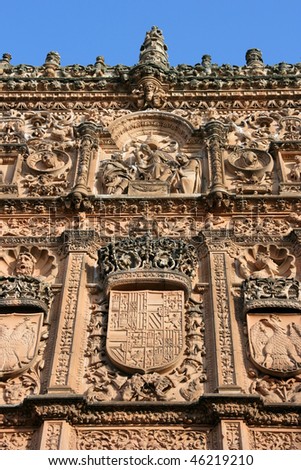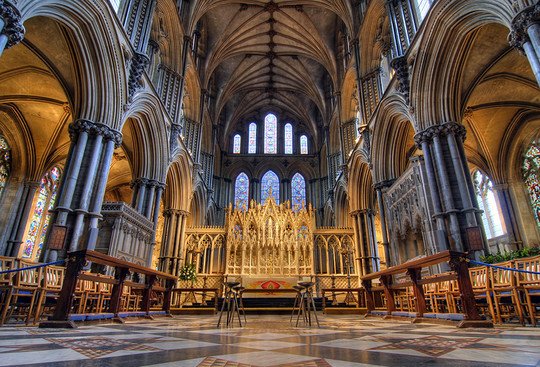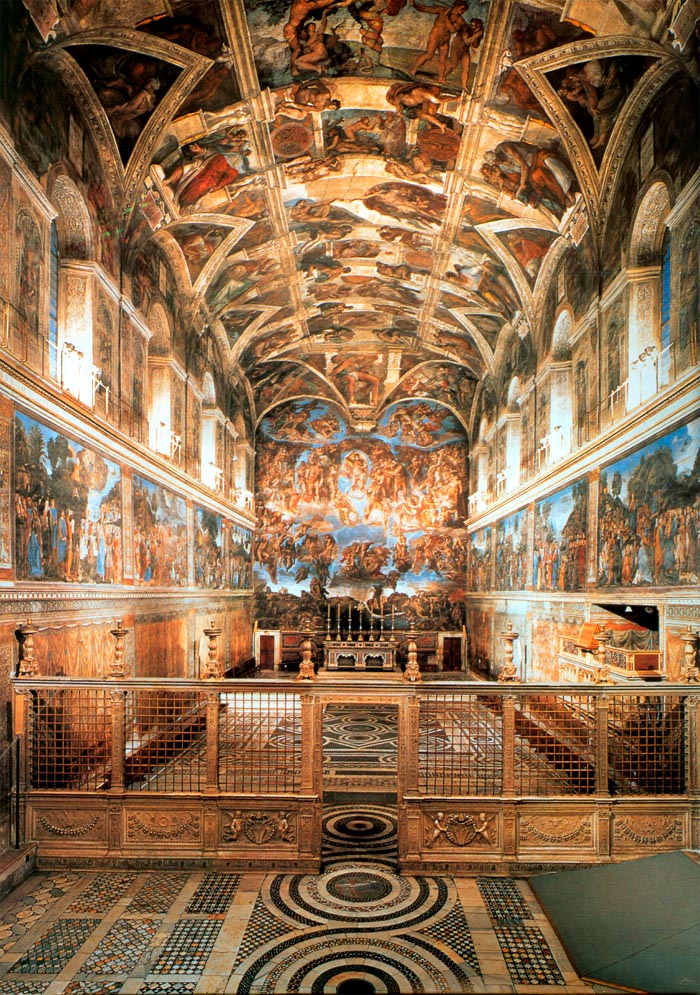| Alhambra exterior |
 |
| Alhambra court of pools |
The largest cathedral in the world 15th century was the Cathedral of Seville. It is located in Seville- Andalusia, Spain. Copies the Gothic style of architecture and demonstrated the cities wealth. Occupied eighty chapels which held five hundred masses.
A very important element of architecture was the plateresco phase. This style of ornamentation was to represent that of a silversmith. It was very detailed and was used on exteriors, patios, churches, public buildings, furniture, and accessories.
Interiors during this time period included very detailed furniture, tile work, and iron grilles.
 |
| Plateresco Phase |
Current Applications:
Other Student's Blog:
Looking at Katie's blog I really like how she compared the plateresco phase and desornamentado phase. She explained the vargueno puente very well in detail. I also liked her current applications.
This week I also looked at Emily N's blog. I really liked how she explain the historical setting during this time period. It was commonly accepted as the beginning of the Renaissance of Spain. In addition she did an excellent job of explaining the herrea style which was named after Juan de Herrea.



















